Global quest to find lost birds
BirdLife International is searching the globe for 47 lost bird species


BirdLife International has announced a global bid to find 47 species of birds that have not been sighted for up to 184 years.
The organisation, of which the RSPB is the UK partner, is searching for a mix of exotic species across the globe, some of which inhabit remote islands and the western Himalayas.
The countries with the highest number of lost species include the United States, with eight, Indonesia, with six, Brazil, with five, and New Caledonia, with three.
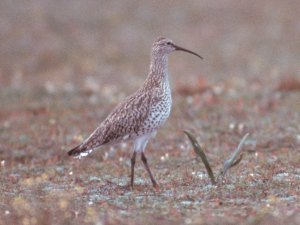
Slender-billed curlew
These species include the slender-billed curlew, the turquoise-throated puffleg, Bachman’s warbler, the ivory-billed woodpecker and the white-eyed river-martin.
Marco Lambertini, chief executive of BirdLife International, said: ‘Some of these species haven’t been seen by any living person, but birdwatchers around the world still dream of rediscovering these long-lost ghosts.
‘History has shown us that we shouldn’t give up on species, because some, such as the Cebu flowerpecker, have been rediscovered long after they were feared extinct.
Exquisite houses, the beauty of Nature, and how to get the most from your life, straight to your inbox.
‘The extinction crisis is gathering momentum, but that’s no excuse for humanity to allow even more strands from the web of life to disappear, especially without giving them a final chance of life.’

Cebu flowerpecker
The announcement of the quest to find lost species came at today’s launch of the 21st British Birdwatching Fair at the Egleton Nature Reserve in Rutland. Funds raised from the event will go towards the search.
The RSPB’s Martin Davies, co-organiser of the fair, said: ‘During the fair’s 21-year history, we’ve funded many conservation projects that have benefited species threatened with extinction. It would be a great legacy if funds from British birdwatchers prove the survival of formerly lost species.’
Tim Apple, co-organiser of the fair, added: ‘By focusing our efforts and resources, we really can make a positive difference for the world’s biodiversity. It’s a remarkable achievement when you consider it’s driven by 20,000 birdwatchers standing around in a few fields in Rutland for a weekend.’
The 47 species whose continued existence needs to be confirmed include:
Africa: alaotra grebe; archer's lark; Liberian greenbul; and slender-billed curlew

Alaotra grebe
Asia: banggai crow; blue-fronted lorikeet; crested shelduck; Himalayan quail; Javan lapwing; negros fruit-dove; pink-headed duck; Rueck's blue-flycatcher; Siau scops-owl; silvery wood-pigeon; slender-billed curlew; Sulu bleeding-heart; and white-eyed river-martin
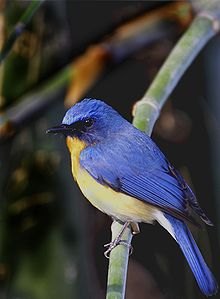
Rueck's blue-flycatcher
Australasia: Beck's petrel; Makira moorhen; New Caledonian lorikeet; New Caledonian owlet-nightjar; New Caledonian rail; and night parrot

Beck's petrel
Caribbean: Bachman's warbler; ivory-billed woodpecker; Jamaica petrel; Jamaican pauraque; and semper's warbler
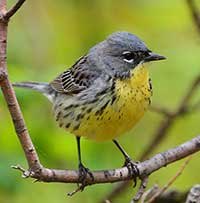
Kirtland's warbler
Central America: Guadalupe storm-petrel and imperial woodpecker

Imperial woodpecker
North America: Bachman's warbler; eskimo curlew; ivory-billed woodpecker; nukupuu (Hawaii); oahu alauahio (Hawaii); olomao (Hawaii); ou (Hawaii); and poo-uli (Hawaii)

Eskimo curlew
Oceania: nukupuu; oahu alauahio; olomao; ou; pohnpei starling; poo-uli; red-throated lorikeet; and Samoan moorhen
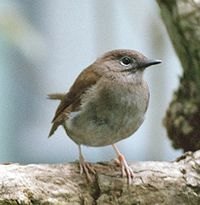
Olomao
South America: antioquia brush-finch; blue-eyed ground-dove; eskimo curlew; glaucous macaw; hooded seedeater; kinglet calyptura; Rio de Janeiro antwren; Spix's macaw; tachira antpitta; and turquoise-throated puffleg
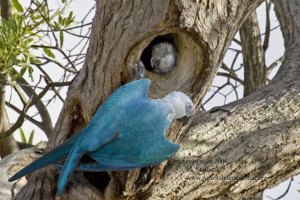
Spix's macaw
To comment on this article, use the comment box below, or email us at clonews@ipcmedia.com. Read more about the countryside
For more news stories like this every week subscribe and save
Country Life is unlike any other magazine: the only glossy weekly on the newsstand and the only magazine that has been guest-edited by His Majesty The King not once, but twice. It is a celebration of modern rural life and all its diverse joys and pleasures — that was first published in Queen Victoria's Diamond Jubilee year. Our eclectic mixture of witty and informative content — from the most up-to-date property news and commentary and a coveted glimpse inside some of the UK's best houses and gardens, to gardening, the arts and interior design, written by experts in their field — still cannot be found in print or online, anywhere else.
